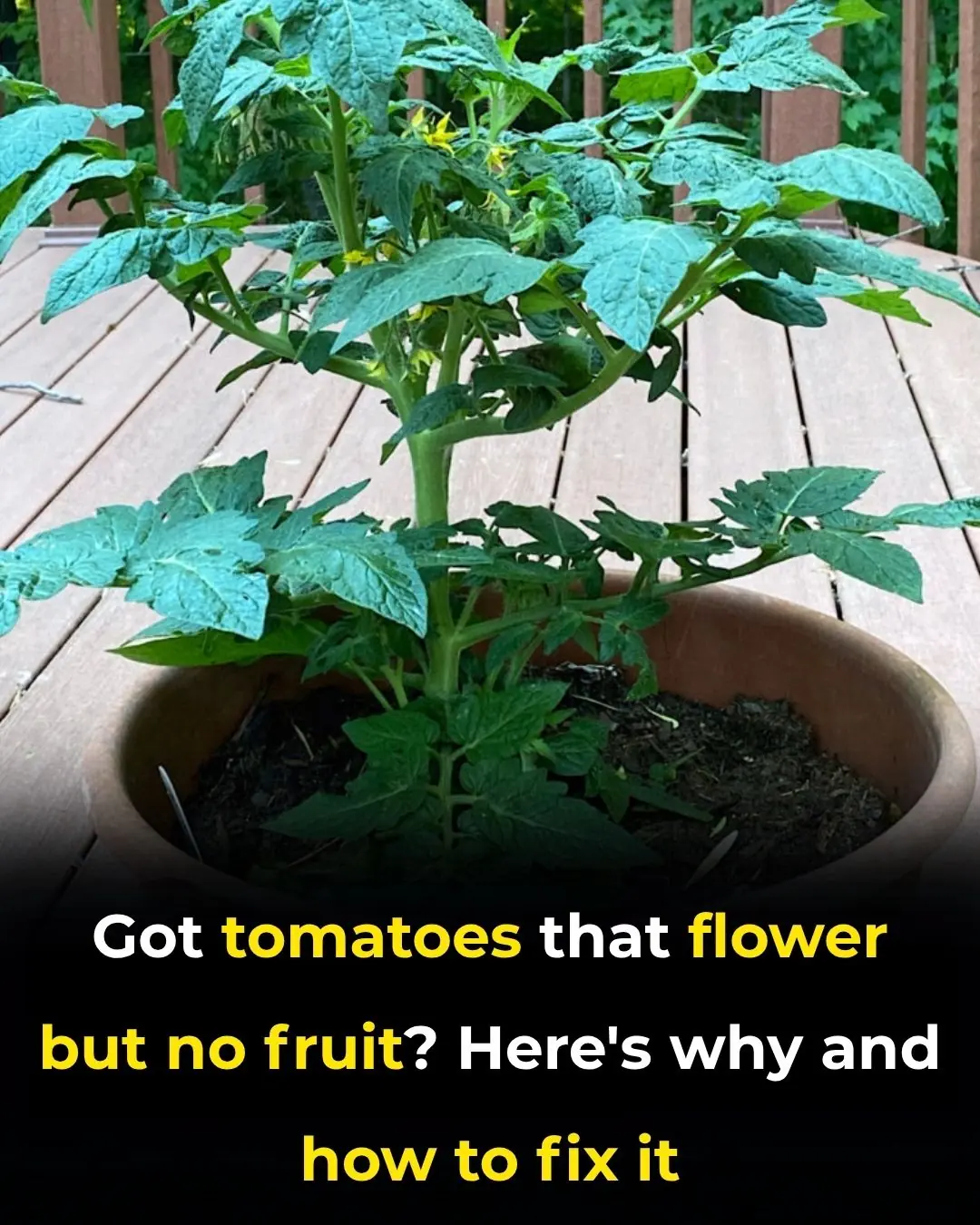
Turn Papaya Leaves Into a Powerful Homemade Detergent
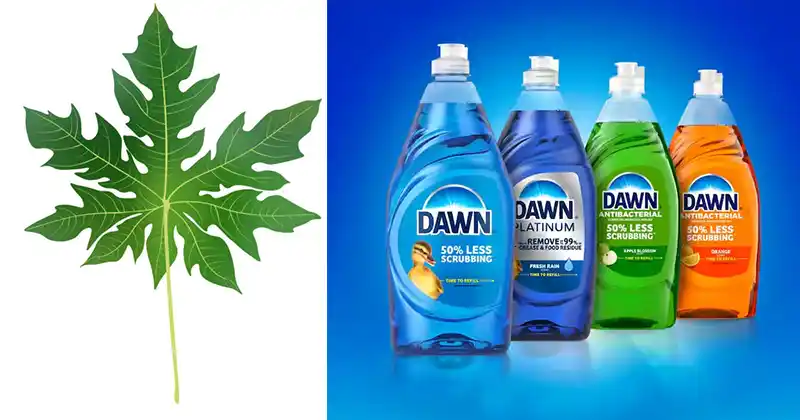
In today’s world, where household costs are rising and families are becoming more conscious about sustainability, finding affordable and effective cleaning alternatives is more important than ever. Imagine creating a powerful, thick, and foamy detergent right in your own kitchen — using natural ingredients, many of which might already be in your pantry or even growing in your backyard.
Surprisingly, the secret ingredient is something most people throw away: papaya leaves. These humble leaves are rich in natural cleaning enzymes and can easily be turned into a potent, long-lasting homemade detergent that rivals commercial brands — without harsh chemicals or unnecessary expense.
Let’s dive into a step-by-step guide to creating your very own eco-friendly, multipurpose papaya leaf detergent.
🍃 Why Use Papaya Leaves?
Papaya leaves contain a natural enzyme called papain, a compound known for breaking down proteins and fats. This makes it particularly useful for removing grease, eliminating stains, and whitening fabrics.
For generations, many traditional households have relied on papaya leaves for both natural medicine and cleaning remedies. Their cleansing power is genuine — and when blended with simple kitchen staples like salt, baking soda, and liquid soap, they create a cleaning formula that’s effective, economical, and environmentally friendly.
By harnessing the power of these leaves, you’re not only saving money but also reducing waste and cutting down on harmful chemicals that often pollute water systems after washing.
🧺 Ingredients You’ll Need
Gather the following ingredients to make about 4 liters of this versatile detergent:
-
3 fresh papaya leaves, washed and chopped
-
1 liter of water (room temperature)
-
2 additional liters of water (for dilution)
-
2 tablespoons of salt
-
2 tablespoons of baking soda
-
200–250 ml of liquid dish detergent (any brand or scent you prefer)
-
A sieve and clean cloth (for straining)
-
A blender
-
Containers or empty detergent bottles for storage
Optional add-ins:
-
A few drops of essential oil (like lemon, eucalyptus, or lavender) for fragrance
-
A tablespoon of vinegar for extra disinfecting power
⚗️ Step-by-Step Preparation
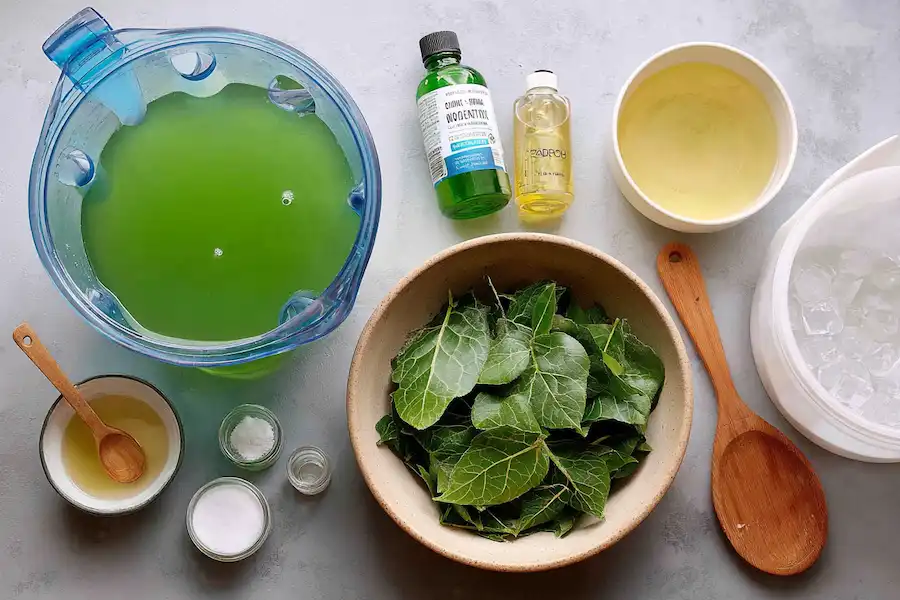
1. Blend the Papaya Leaves
Add the 3 chopped papaya leaves into your blender along with 1 liter of room-temperature water. Blend for about 3 minutes, or until the mixture is smooth and fully liquefied. This step extracts the active enzymes and nutrients from the leaves into the water, forming the base of your detergent.
2. Strain the Mixture
Line a sieve with a clean, thin cloth and carefully pour the blended mixture through it. This removes fibrous pulp, ensuring a smooth, lump-free liquid. What remains is a vivid green extract that holds the papaya’s natural cleaning power.
3. Add More Water
Transfer the strained liquid to a large bowl or bucket, then pour in 2 additional liters of water. This dilution helps balance the detergent’s strength and improves its foamy consistency.
4. Add Salt and Baking Soda
Next, mix in 2 tablespoons of salt and 2 tablespoons of baking soda. Stir thoroughly until they dissolve completely. These ingredients serve important roles:
-
🧂 Salt acts as a natural preservative, helps thicken the mixture, and boosts cleaning power.
-
⚪ Baking soda enhances degreasing, neutralizes odors, and balances the pH level for gentle yet effective cleaning.
Together, they create a stable, long-lasting detergent base.
5. Incorporate the Store-Bought Detergent
Slowly pour in your chosen liquid dish soap, stirring continuously. Add about 200–250 ml, or adjust depending on how concentrated you want your final product.
As you mix, you’ll notice the solution becoming thicker, smoother, and foamier. Stir gently for a few minutes until everything blends evenly and the texture resembles that of commercial dish soap.
6. Check the Consistency
Your detergent should now have a rich, creamy texture and a natural green color. It should produce plenty of foam, carry a fresh herbal scent, and have excellent cleaning power thanks to the combination of natural enzymes and household ingredients.
🧴 How to Store Your Homemade Detergent
Pour the finished detergent into clean, dry containers — such as reused dish soap bottles, glass jars, or 2-liter plastic bottles. Label them clearly and store in a cool, dry place away from direct sunlight.
This recipe typically yields around 4 liters of detergent and stays fresh for up to two months, thanks to the salt and baking soda acting as natural preservatives. If stored properly, it won’t curdle, separate, or lose effectiveness over time.
🧽 How to Use the Papaya Leaf Detergent
This natural detergent is multi-purpose and can be used across your home:
-
🧼 Dishwashing: Cuts through grease and leaves your dishes sparkling clean.
-
🍳 Kitchen surfaces: Removes oil stains and disinfects counters naturally.
-
👕 Laundry: Helps whiten fabrics and freshen dish towels.
-
🧹 General cleaning: Perfect for floors, bathroom tiles, and other household surfaces.
Because it’s concentrated, start with a small amount — about one tablespoon per use — and adjust based on the level of dirt or grease.
💡 Extra Tip: Cleaning Your Blender
If you’re worried about your blender retaining the smell of papaya leaves, don’t worry — here’s a simple fix. Fill it with water and add a splash of vinegar. Let it soak for 3–4 hours, then rinse thoroughly. This will remove any lingering odor or residue instantly.
🌱 Why This DIY Detergent Matters
Making your own papaya leaf detergent isn’t just about saving money — it’s about rethinking how we use natural resources. Instead of relying solely on store-bought cleaners filled with synthetic chemicals, you can create something that’s:
✅ Eco-friendly — biodegradable and gentle on the environment
✅ Budget-conscious — costs a fraction of commercial detergents
✅ Effective — naturally powerful against grease, dirt, and stains
✅ Sustainable — reuses organic material that might otherwise go to waste
Small changes like this can make a big difference — both for your wallet and the planet.
⚠️ Disclaimer
This detergent is intended for household use only. Always perform a small patch test on delicate surfaces first, especially if you have sensitive skin or allergies. Avoid direct contact with eyes and keep out of reach of children.
With a little effort and a few natural ingredients, you can create a cleaning product that’s eco-conscious, cost-effective, and genuinely effective. So the next time you’re tempted to buy another plastic bottle of commercial detergent, remember — your backyard might already hold the secret to a cleaner home. 🌿
News in the same category


Ginger and Orange Detox Drink – Cleanse Kidneys, Liver, and Lungs Naturally
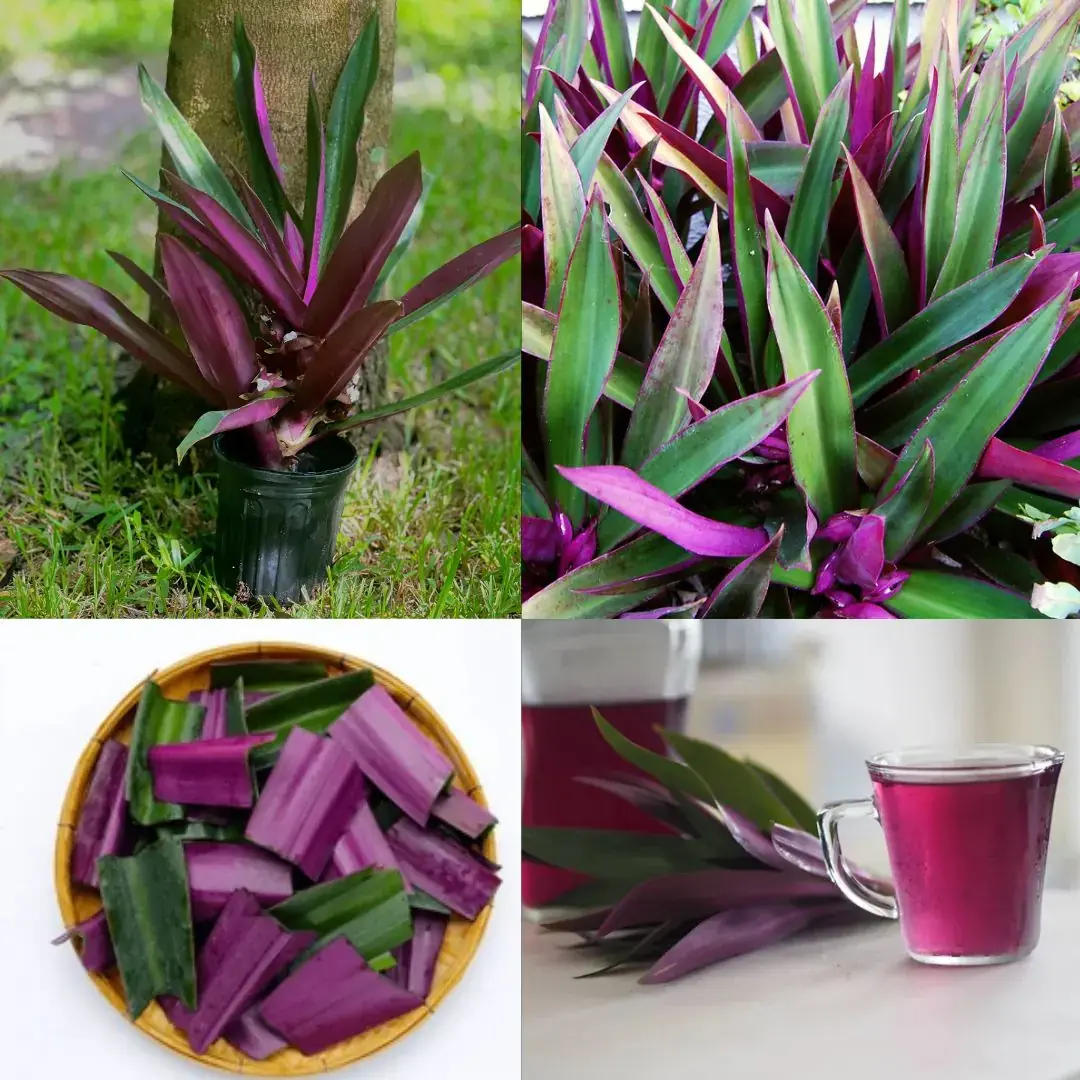
The Purple Maguey Plant — Benefits and Traditional Uses

Say Goodbye to Swollen Legs
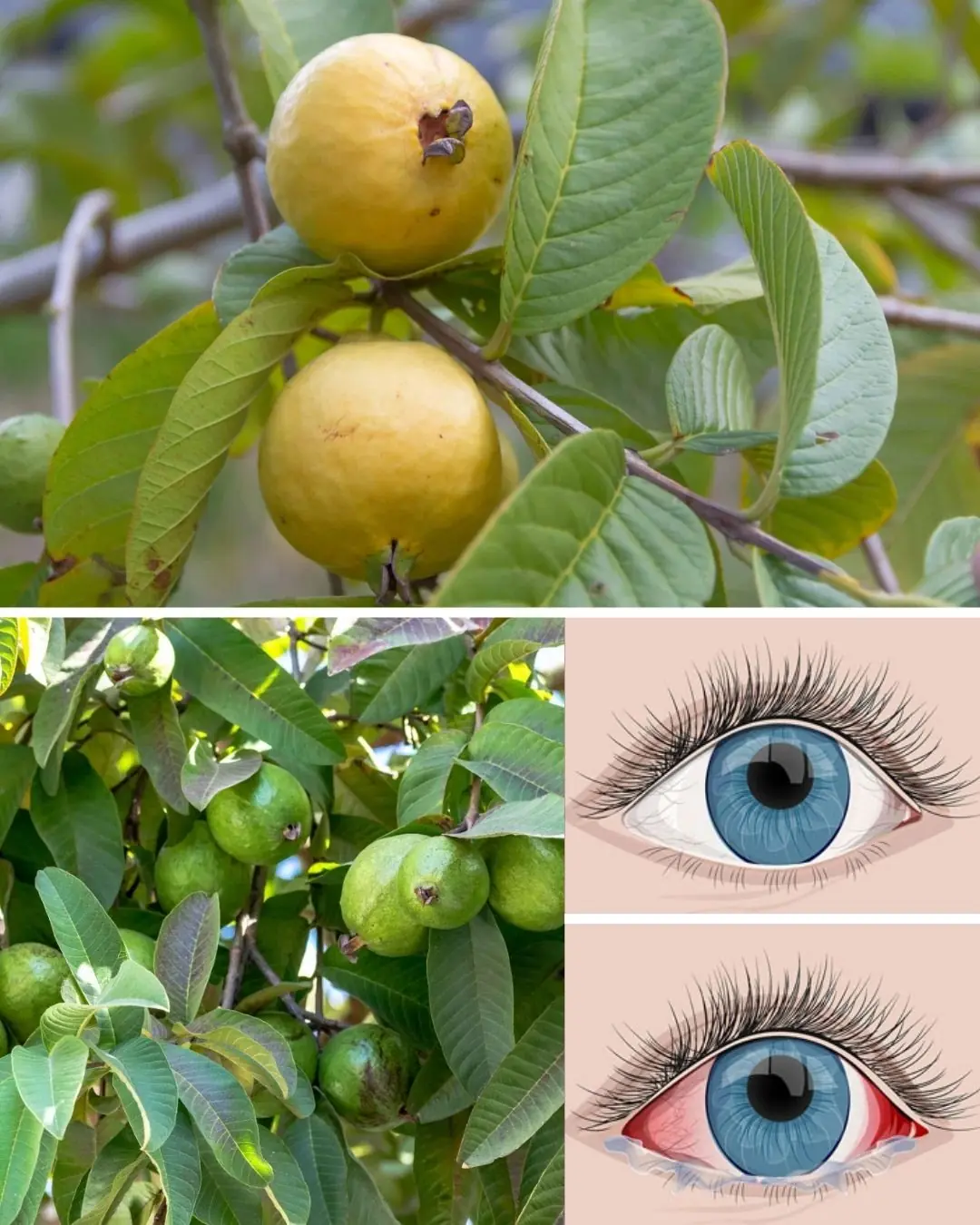
How to Use Guava to Care for Your Eyes: Natural Remedies That Surprise 🌿

Japanese Secret to Erase Wrinkles | Rice & Clove Anti-Aging Remedy
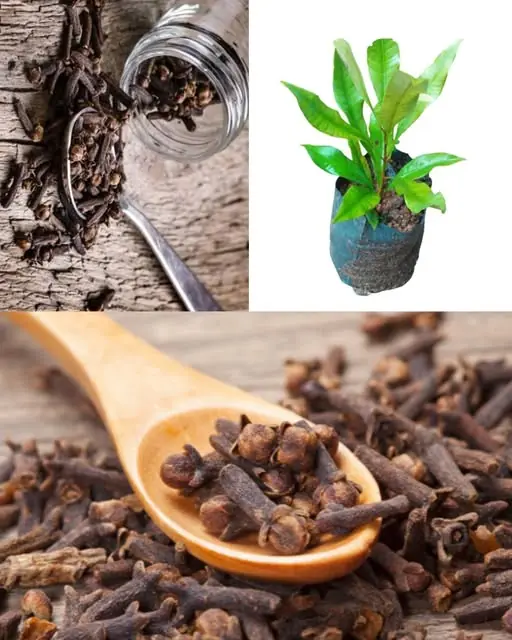
How to grow clove plant at home – from seed to spice

7 Benefits Of Papaya Seeds & How To Consume Them Correctly

Chanca Piedra (Stonebreaker): Benefits and Uses
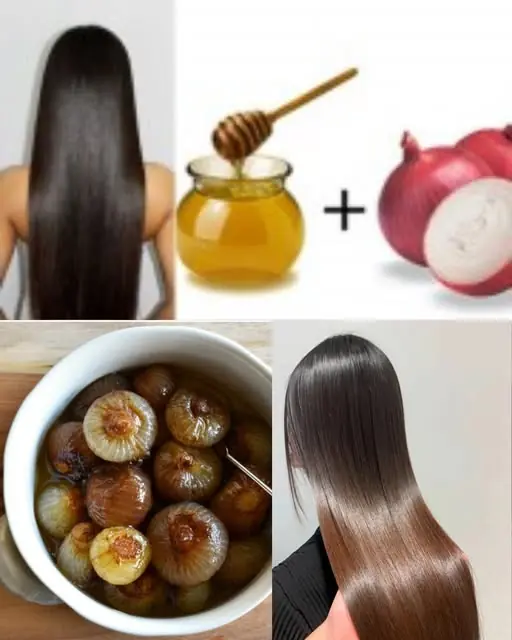
Red Onion for Hair Growth: How This Overlooked Natural Remedy Can Stop Hair Fall and Boost Thickness Fast

Banana and Coffee: Powerful combination with surprising benefits

Doctors Reveal That Eating Bell Peppers Frequently Causes..
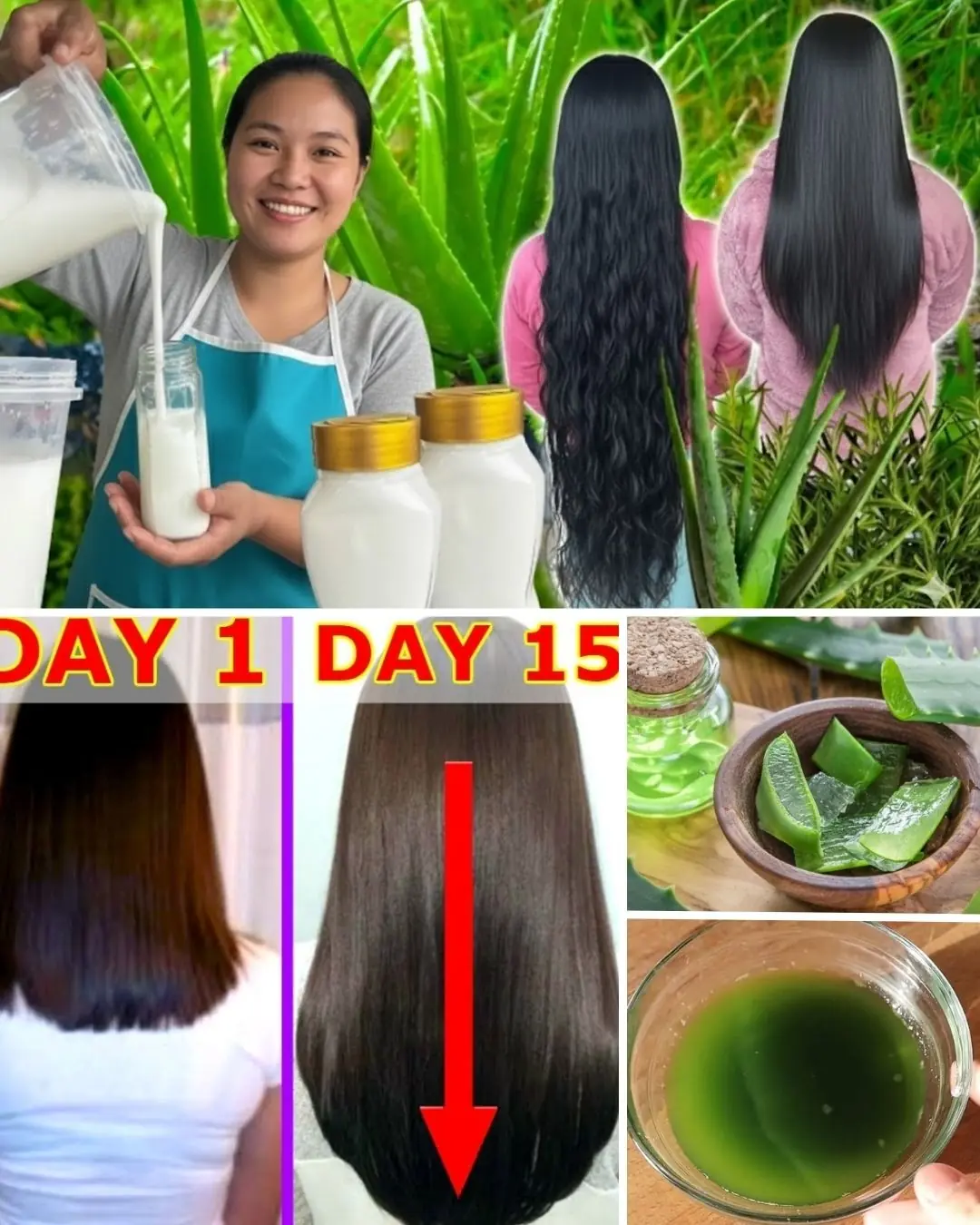
This is the BEST Homemade Shampoo for Soft and Shiny Hair
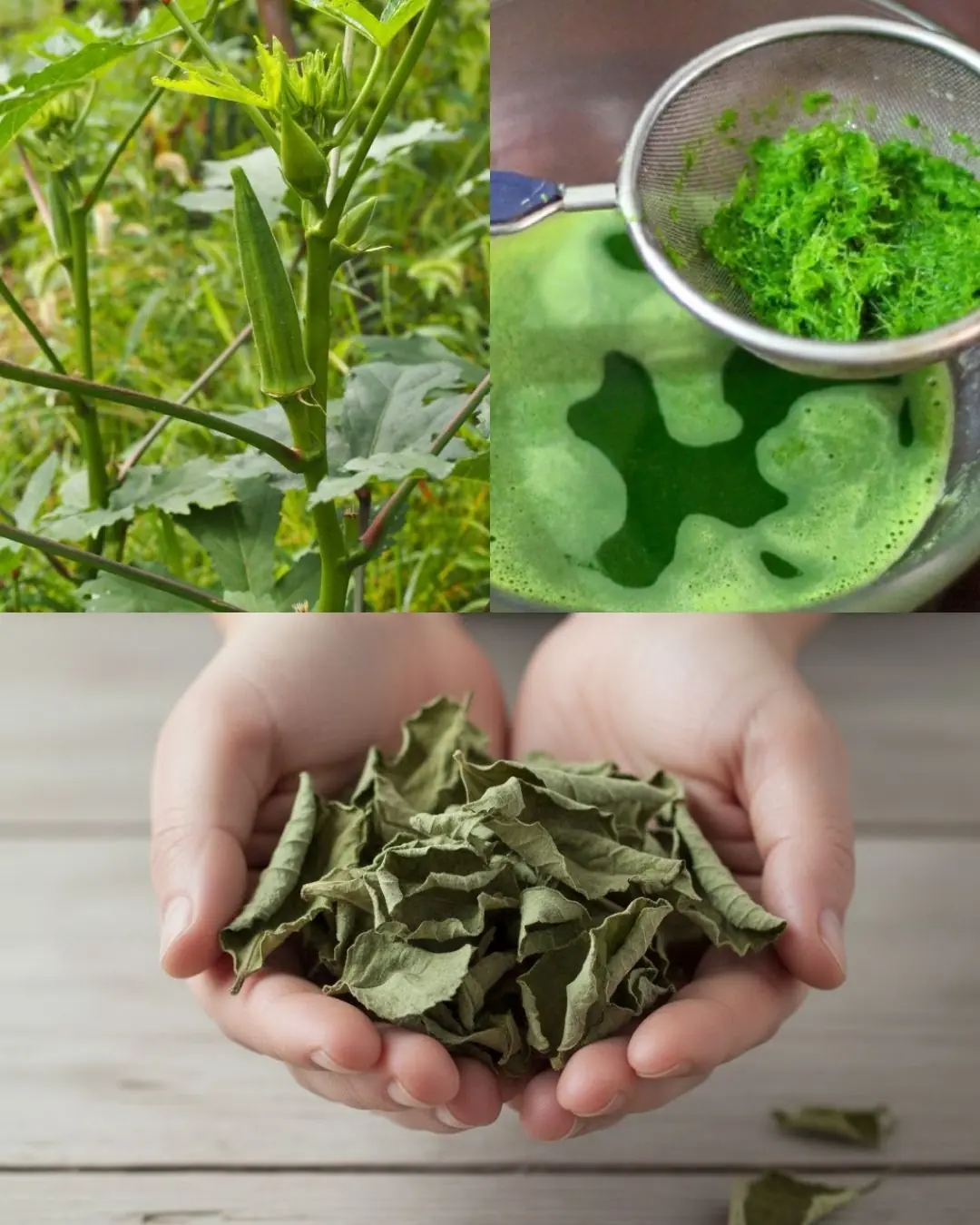
Okra Leaf Power: The Overlooked Green With Surprising Benefits
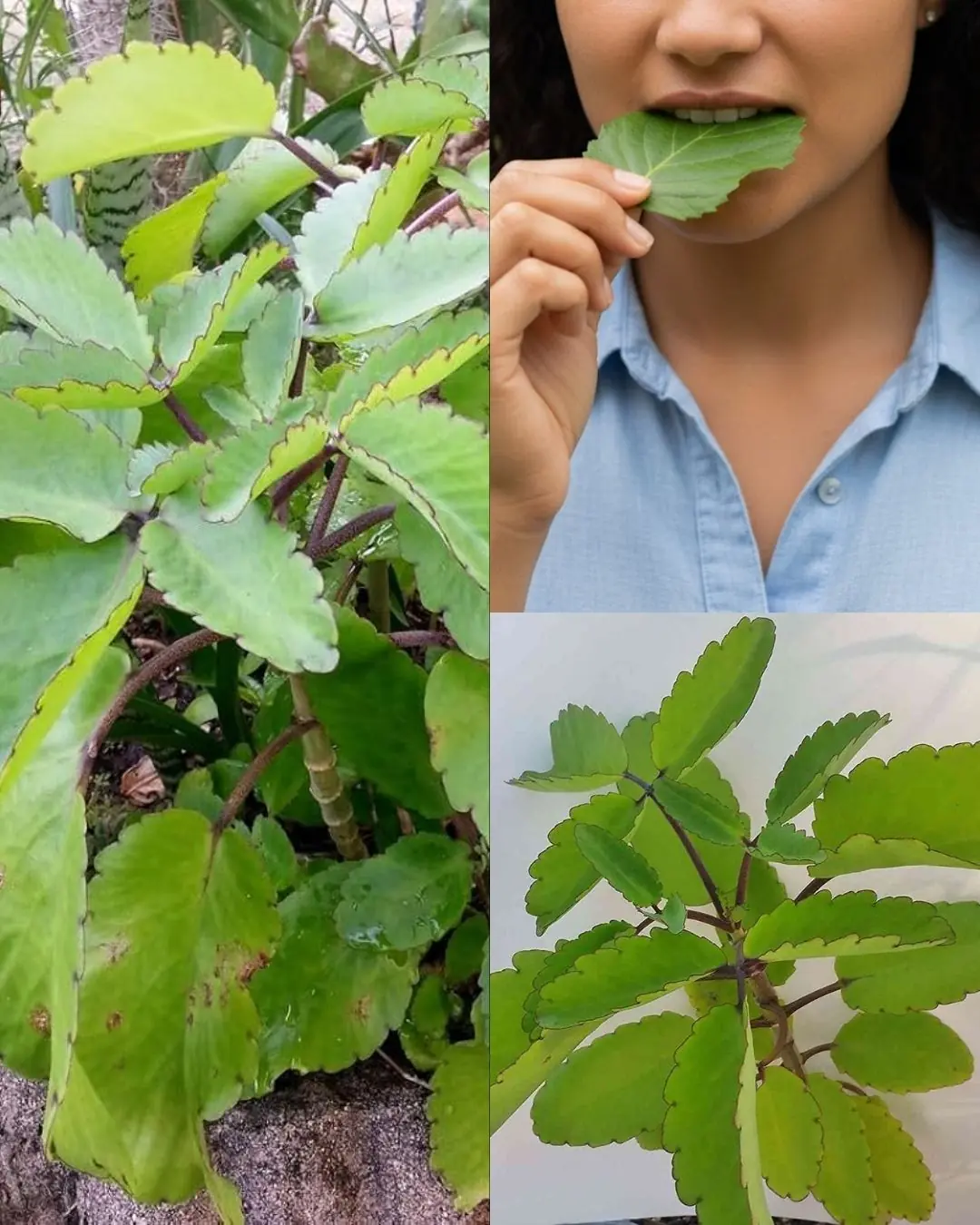
Leaf of Life – The Healing Plant Growing in Your Backyard

8 Methods That Clean Your Gut & Eliminate Constipation Fast! (100% Natural Remedies)
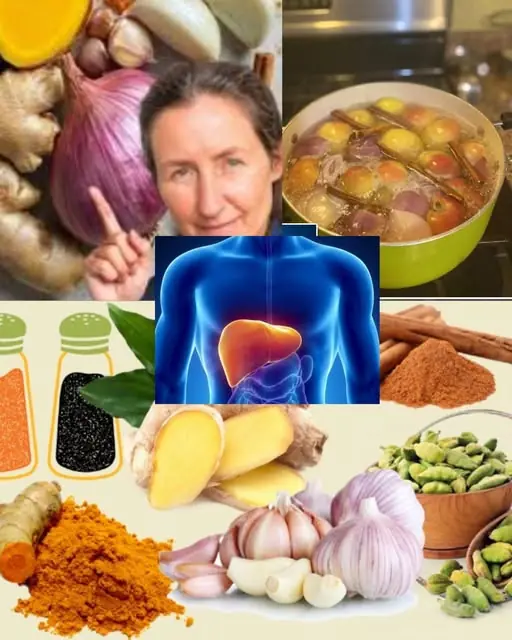
The Best Tea for Mornings and After Dinner: A Powerful Blend for Health
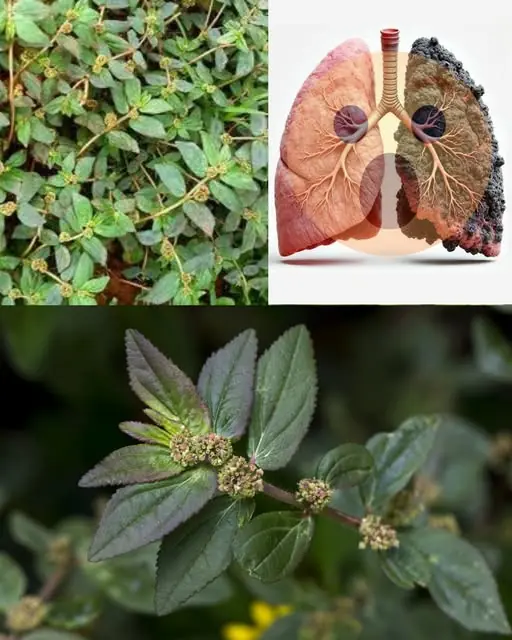
Euphorbia Hirta: 9 key health benefits of this versatile plant

Asthma Plant Tea – Benefits and Uses of Euphorbia hirta
News Post

Senna Alexandrina: 7 Benefits and uses

Ginger and Orange Detox Drink – Cleanse Kidneys, Liver, and Lungs Naturally

The Purple Maguey Plant — Benefits and Traditional Uses
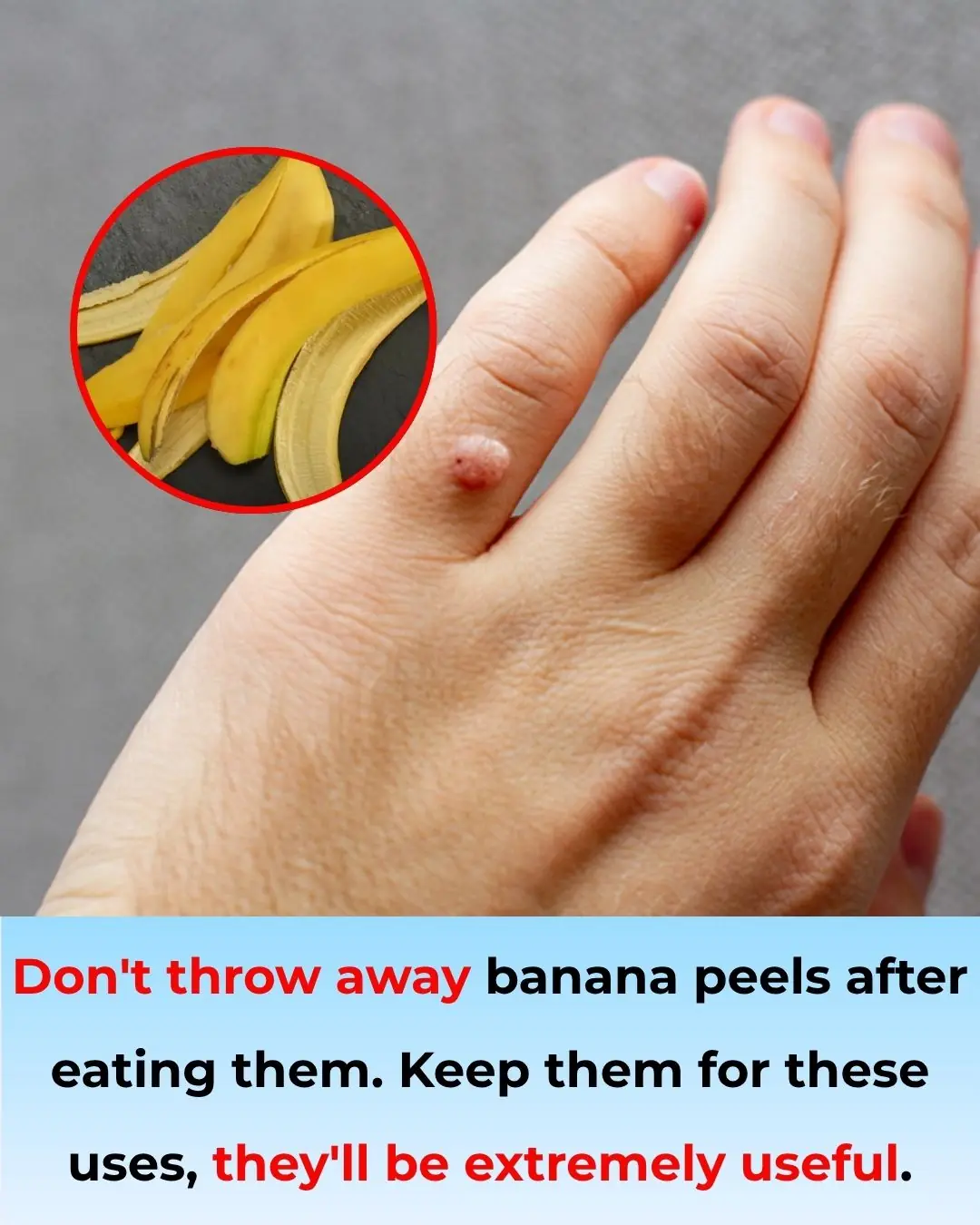
Don’t Throw Away Banana Peels! Keep Them for These Surprisingly Useful Purposes

Wooden Cutting Board Mold and Odor? Soak It in This “Solution” and It Will Be Spotless
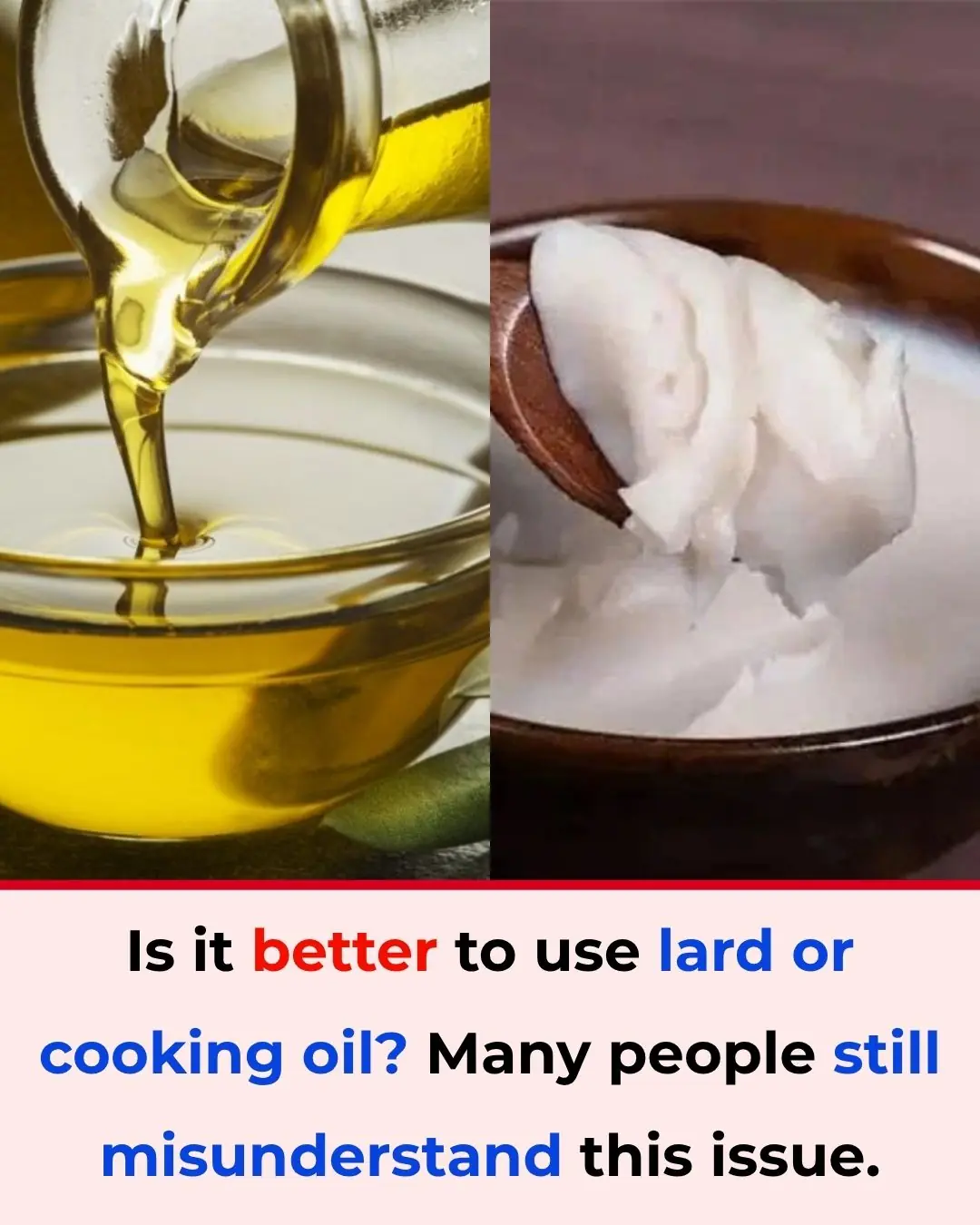
Lard or Vegetable Oil: Which Is Better? Many People Still Misunderstand This Common Cooking Question

Clogged Toilet? Try This Simple Trick and It’ll Flush Smoothly in Just 5 Minutes — No Plumber Needed

Air Conditioner Blows Air but Doesn’t Cool? Try This Simple Fix Before Calling a Technician
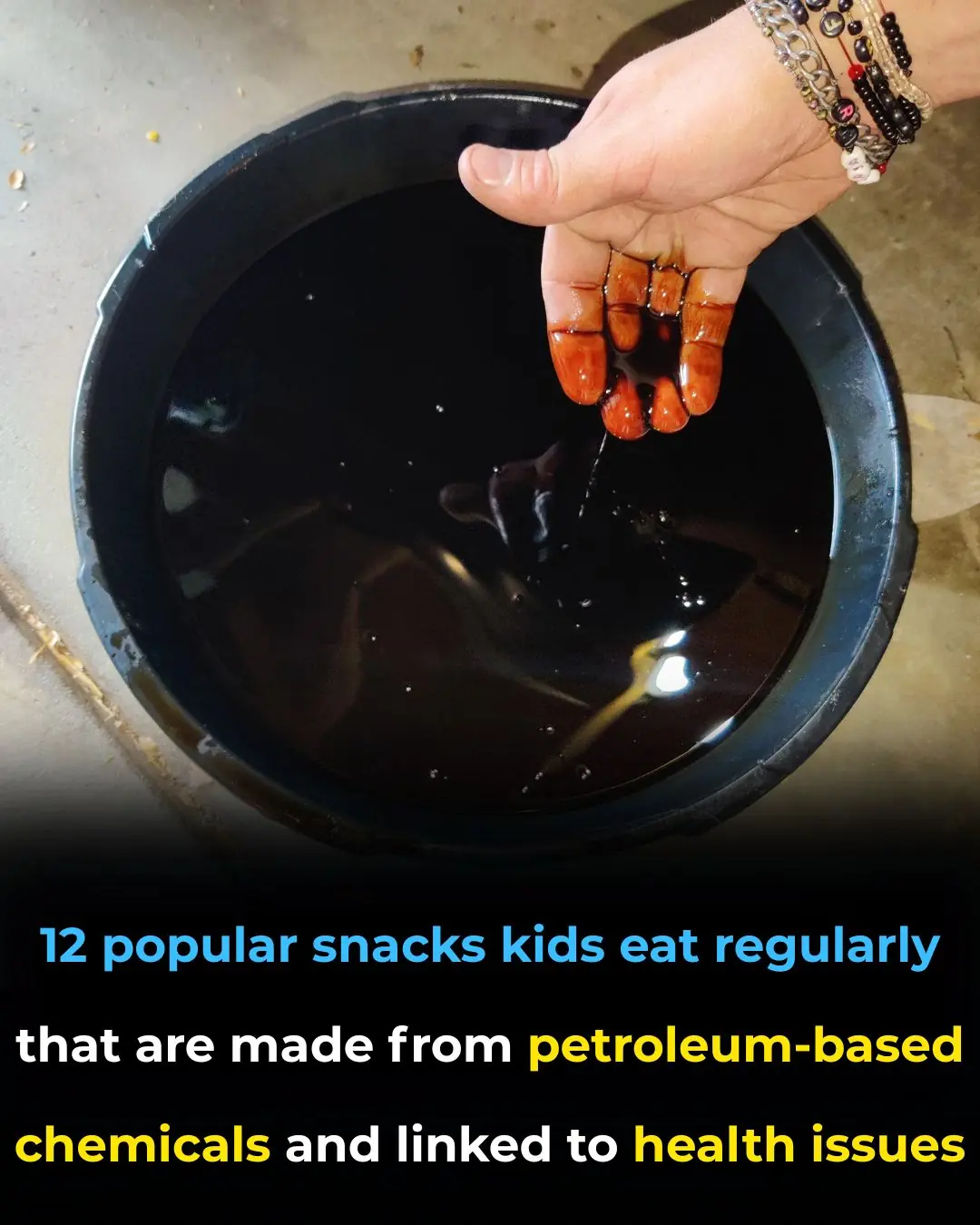
I had no idea about this

Majority Don’t Know What This Sign Means
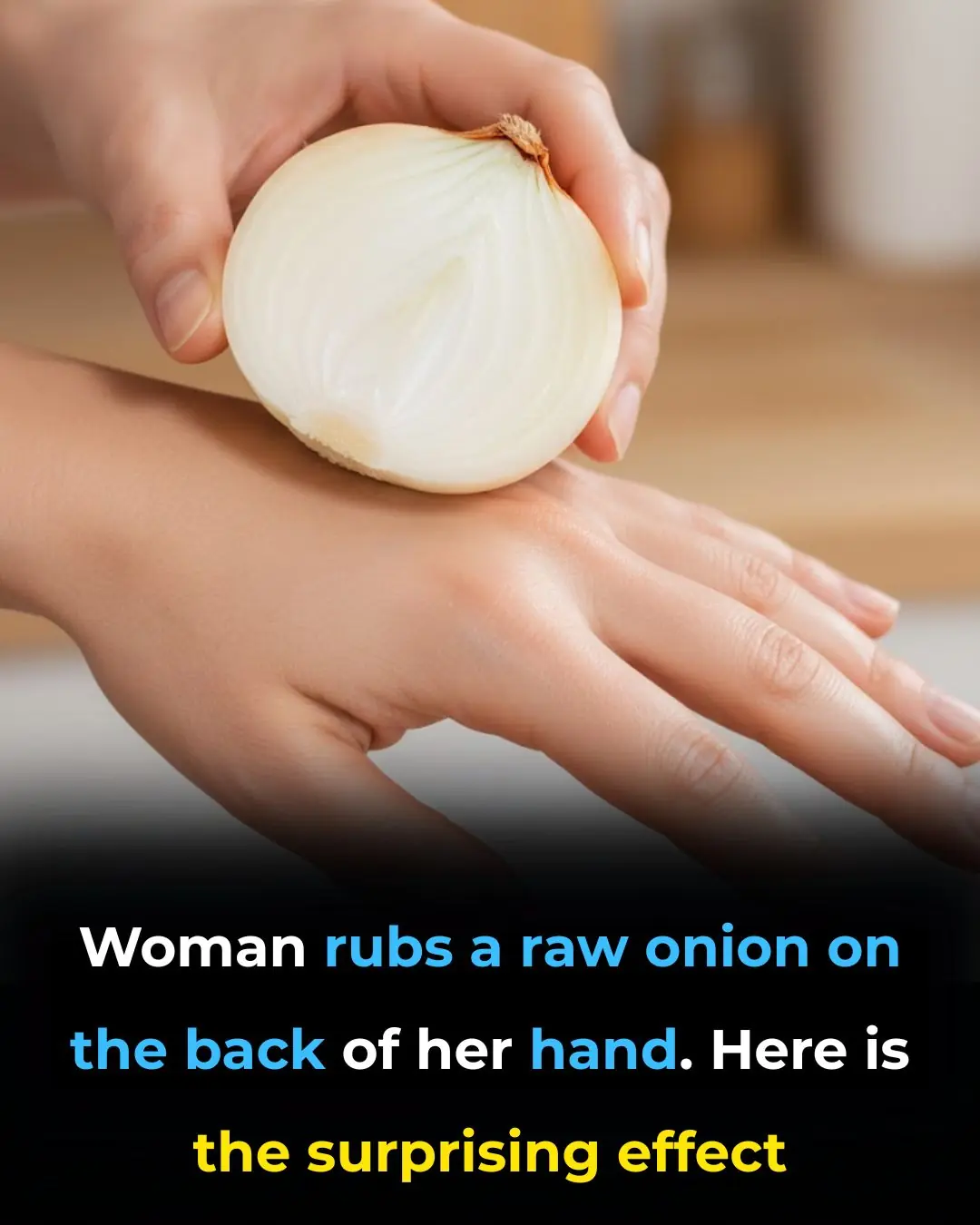
I had no clue about this

Have $2 bills? Their value might surprise you!
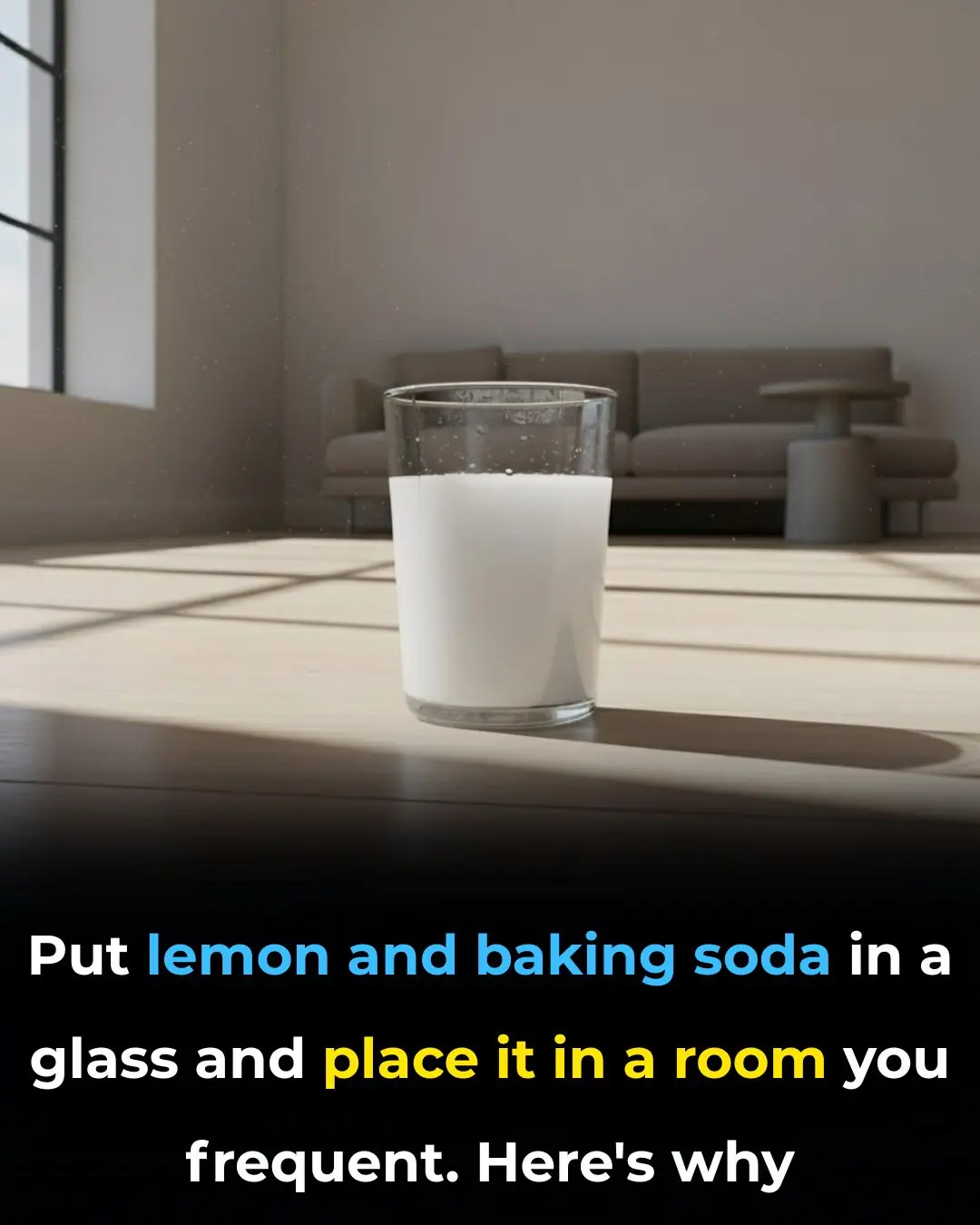
Put lemon and baking soda in a glass and place it in a room you frequent. Here’s why
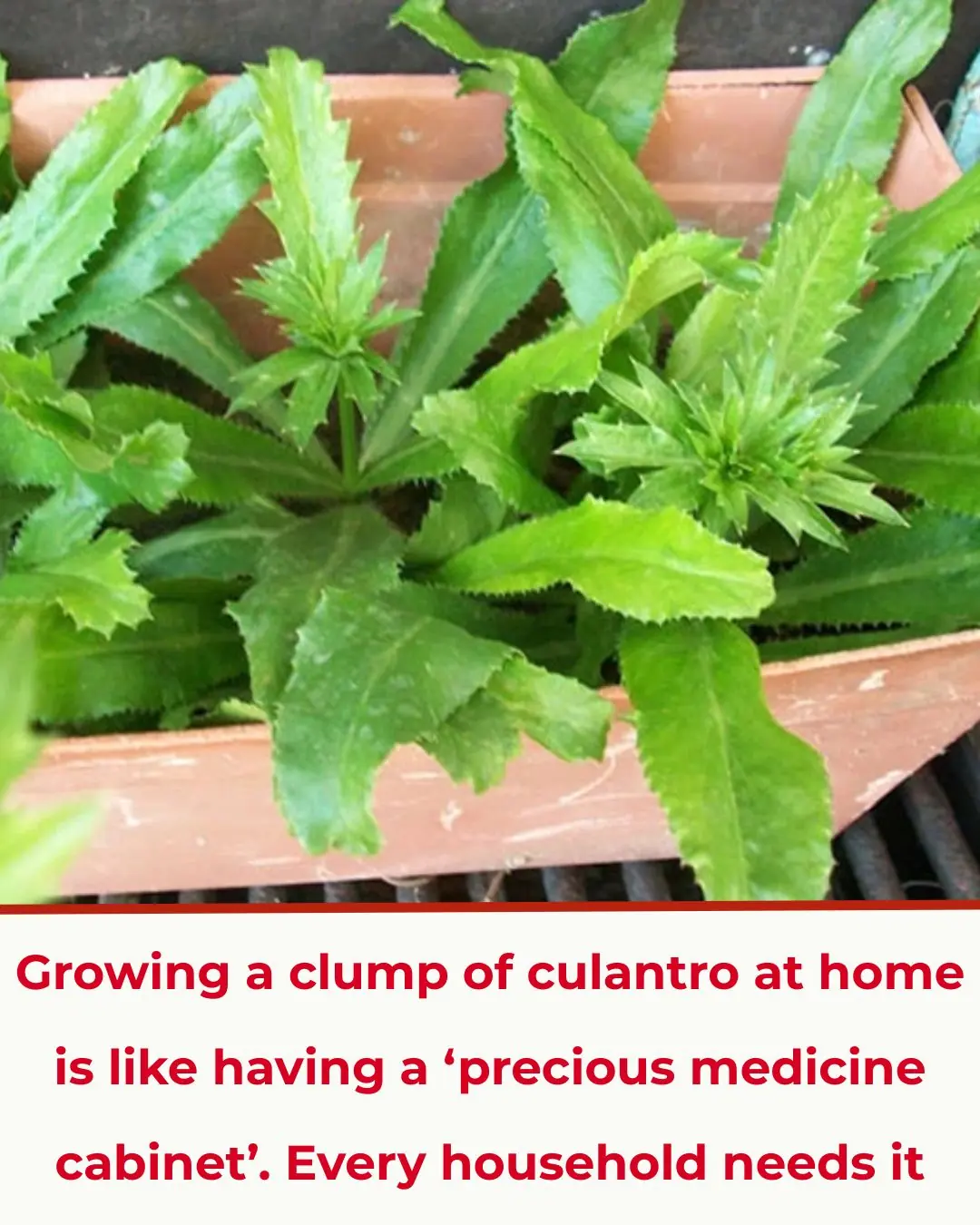
You’re Doing It All Wrong: Here’s the Right Time to Pick Tomatoes

7 Health Problems That Can Arise If You’re Lazy About Drinking Water

10 Foods Cancer Cells “Love” – and Why Eating Them Daily Could Be Risky

Is Eating Spicy Food Every Day Good for You? Surprising Effects of Chili on the Heart, Blood Pressure, and Longevity

If You’re a Gardener, Here’s Why You Should Collect as Many Pine Cones as You Can

You’re Doing It All Wrong. Here’s the Right Time to Actually Pick Tomatoes
